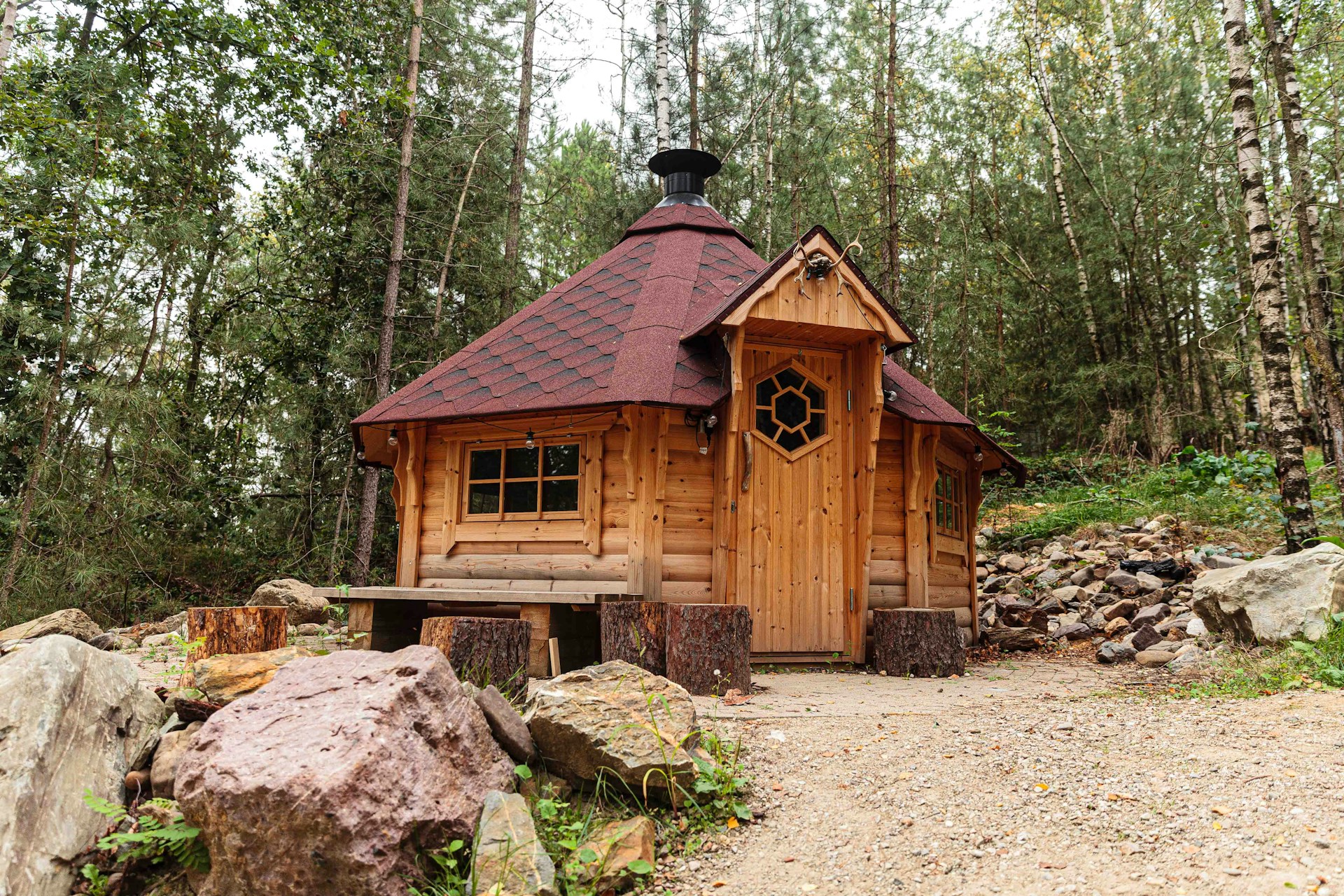

Question: What Not to do When Downsizing?
Answer: Avoid procrastinating or attempting to do everything at once. Don’t keep items out of guilt or for “just-in-case” scenarios. Refrain from renting a storage unit as a default solution, and don’t move anything before measuring your new space to ensure it will fit.
Mistakes to Avoid When Moving to a Smaller Home
Downsizing offers a path to a simpler life. You can unlock home equity, reduce maintenance, and gain more freedom. Many people look forward to this new chapter. They imagine less time spent on chores and more time for hobbies, travel, and family. The idea of a smaller, more manageable space is very appealing. However, the journey from a large family house to a smaller home contains potential problems. Knowing what not to do when downsizing is just as important as having a good plan.
Many people make common errors that add stress and cost to the process. These missteps can turn an exciting transition into a difficult experience. They can lead to frustration, regret, and a new home that feels cramped instead of cozy. By understanding these pitfalls beforehand, you can create a smooth and successful move. This article outlines the key mistakes people make. It provides clear guidance to help you avoid them and achieve the simplified lifestyle you want.
Avoid Delaying the Decluttering Process
One of the biggest tasks in downsizing is sorting through your possessions. Years of accumulated items fill closets, basements, and garages. Facing this task can feel overwhelming, so many people put it off. They decide to deal with it “later,” often after their house sells or just before the moving truck arrives. This is a significant mistake. Waiting until the last minute creates immense pressure. You will not have enough time to make thoughtful decisions about what to keep, sell, donate, or discard.
When you rush, you often end up paying movers to transport items you do not need or have space for. Or, you might throw away things with sentimental or monetary value because you lack the time to assess them properly. Start the decluttering process months before you plan to list your home. Begin with a single area, like a storage room or a guest bedroom. Work through it systematically. This paced approach reduces stress and allows you to part with items emotionally. It transforms a huge job into a series of manageable steps, ensuring you only bring what you truly love and need to your new home.
Click here for more information on downsizing real estate
Related Article: What to do First When Downsizing?
Related Article: Is There a Downside to Downsizing?
Don’t Ignore Your Future Lifestyle
When choosing a smaller home, many people focus on their current needs. They select a property that works perfectly for their life today. They forget to consider what their life might look like in five, ten, or even fifteen years. A two-storey townhouse might seem great now, but stairs could become a challenge later. A neighbourhood that requires driving everywhere may become inconvenient if you choose to stop driving. This shortsightedness can lead to needing another move sooner than anticipated.
Think about your long-term comfort and accessibility. Consider single-level living options like a bungalow or a condominium to eliminate worries about stairs. Look for features like wider doorways and walk-in showers that support aging in place. Evaluate the neighbourhood for more than just its current appeal. Are there walking paths, public transit, grocery stores, and healthcare services nearby? Planning for your future self ensures your downsized home can support your independence and lifestyle for years to come. It makes your new home a final, comfortable destination, not just another temporary stop.
Refuse to Miscalculate the Financial Impact
Downsizing often seems like a simple way to access a large amount of cash. People subtract the purchase price of the new home from the sale price of their old one and assume the difference is pure profit. This is a common financial error. The reality is that a series of costs will reduce your net proceeds. Ignoring these expenses can lead to a budget shortfall and financial disappointment. You must account for all the associated costs to understand the true financial picture.
Create a detailed budget that includes every expense. Factor in real estate commissions, legal fees, and land transfer taxes, which can be a substantial cost. Remember to include the price of professional movers, utility connection fees, and any immediate repairs or renovations for the new place. If you are moving into a condominium, you will have monthly condo fees. You might also need to buy new, smaller furniture that better suits your space. Consulting with your real estate agent and a financial advisor will help you create a realistic net sheet, showing exactly what to expect financially from your move.
Stop Trying to Recreate Your Old House
A smaller home requires a new way of living. A frequent mistake is trying to force the lifestyle of a large house into a compact space. People hold onto bulky furniture sets, formal dining tables that are rarely used, and countless boxes of “just in case” items. They try to replicate the layout and function of their previous home. This approach defeats the purpose of downsizing. Instead of creating a streamlined and efficient home, it results in a cluttered and cramped environment that feels smaller than it is.
You need to embrace a new mindset. Your goal is not to shrink your old life but to create a new, more intentional one. Let go of the idea that you need a dedicated room for every activity. Look for multi-functional furniture, such as an ottoman with built-in storage or a coffee table that lifts to become a workspace. Use vertical space with tall bookshelves or wall-mounted shelving to draw the eye upward and keep floors clear. This shift in perspective is key. It helps you focus on living well with less, creating a comfortable, organized, and truly enjoyable home.
Conclusion
Downsizing your home is a major life event. It represents a shift toward a more manageable and liberated lifestyle. While the benefits are clear, the process itself requires careful thought and planning. Avoiding common mistakes is the most effective way to ensure a positive outcome. By understanding what not to do when downsizing, you protect yourself from unnecessary stress, unexpected costs, and future regrets. You pave the way for a smooth and rewarding transition into your new chapter.
Remember to start decluttering early, measure your new space carefully, and plan for your future needs, not just your present ones. Create a detailed budget to understand the true financial scope, and embrace the opportunity to create a new lifestyle rather than replicating your old one. Finally, build a strong support system of professionals, family, and friends. A successful downsize is a journey best taken with a clear plan and trusted partners. This proactive approach will help you unlock the true freedom and enjoyment that a smaller home can offer.


